Outer Space & Universe
Outer Space & Universe
Space, also known as outer space, is the near-vacuum between celestial bodies. It is where everything (all of the planets, stars, galaxies and other objects) is found.
On Earth, space begins at the Kármán line (100 km above sea level). This is where Earth's atmosphere is said to stop and outer space begins. This is not a firm boundary but is a convention used by scientists and diplomats.
Items in space are free to move back and forth; up and down; and left and right. These three dimensions are what make 3D space. Items also move forward through time, which is sometimes called the fourth dimension.
The majority of space contains very little matter and so most of it is a vacuum. Scientists do not know how big space is but we do know that space is extremely big, and is always expanding.
According to the big bang theory, all matter and energy in the Universe was compressed into a very small space. Then it exploded and started expanding. Space is still growing in size today; this means the distance from one galaxy to distant galaxies is getting longer.
Gravity is the force that keeps the Moon in orbit around the Earth and the planets in orbit around the Sun. Gravity can stretch and bend space similar to how a heavy ball placed on a stretched sheet of rubber will cause the rubber to stretch. The scientist who discovered that space can bend is named Albert Einstein. How gravity bends space is part of his theory of general relativity.
Astronauts, Cosmonauts, Taikonauts and Spationauts
An astronaut is any person who is trained by NASA to travel and perform tasks in space. Although the space traveler may not necessarily be a United States citizen, each astronaut does go through a rigorous training regiment by the National Aeronautics and Space Administration. Other space travelers go by other names then astronaut depending on their country of origin.
In the United States, astronaut is derived from the Greek words ástron (star) and nautis (sailor). While, in Russia, a space traveler goes by the name космонавт (English: cosmonaut), which is derived from the Greek words kosmos (universe) and nautis (sailor). Westerners call a space traveler from China a taikonaut, based on the 1998 writings of Chiew Lee Yik and Chen Lan where the term tàikōng (great emptiness), Chinese for “space”. In China, the term yuháng yuán (universe navigator) is used for space traveler.
Only the United States of America (United States), Russia (earlier, the Union of Soviet Socialist Republics), and the People’s Republic of China (China) have sent manned spacecraft into space. Other countries have assisted these countries by sending their own space travelers on space missions. For instance, a French space traveler is called a spationaut (from the French word spationaute), which is derived from the Latin spatium (space) and Greek nautis (sailor). (plural in Greek nautes = sailors)
-
04:21
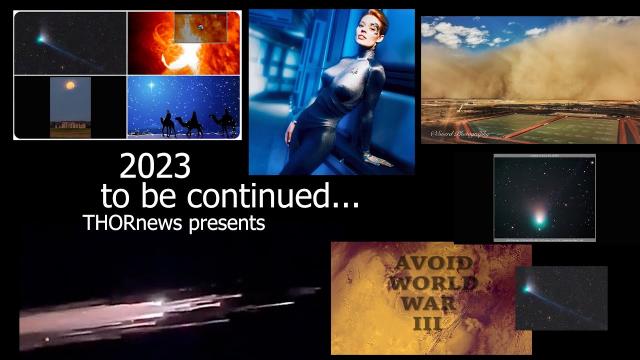
WHAT.
Added 98 Views / 0 Likes2023.Merry Christmas. Happy new year.Mars & Mercury retrograde,this moment reflection.God bless everyone.Life is good.yay, asteroid fight clublove,T LEWISON
-
07:09
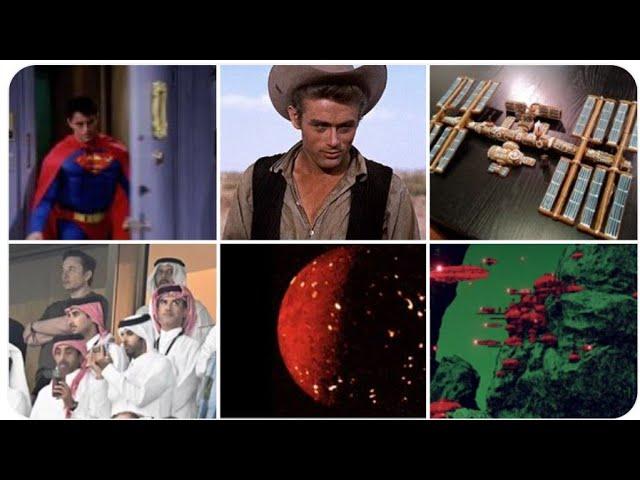
What. A. Crazy. World. & a BIG FREEZEY CHRISTMAS STORM.
Added 161 Views / 0 LikesI hope you are doing well.God bless everyone,T LEWISONhttps://www.paypal.me/THORnewshttps://venmo.com/TEric-Lewison$THORnews on CashApphttps://www.patreon.com/thornews
-
05:19

What. A. Wild. Week.
Added 142 Views / 0 Likeswhoa.We survived.God bless everyone,Thttps://www.paypal.me/THORnewshttps://venmo.com/TEric-Lewison$THORnews on CashApphttps://www.patreon.com/thornews
-
10:02

what. a. wild. world. y'all. it. is. all. very. unstable. rn.
Added 239 Views / 0 Likesyou are great,God bless everyone,Thttps://www.paypal.me/THORnewshttps://venmo.com/TEric-Lewison$THORnews on CashApphttps://www.patreon.com/thornews
-
03:16
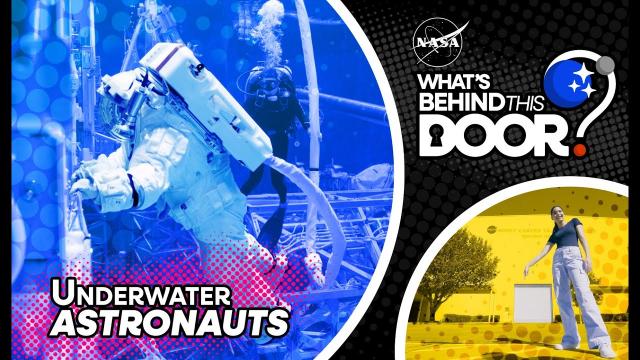
What’s Behind This Door? -Neutral Buoyancy Lab
Added 115 Views / 0 LikesAs you drive by buildings at NASA's Johnson Space Center (JSC), did you ever stop to wonder what's behind some of the doors? We did too, so we created "What's Behind this Door?" series. These will be 2- 3-minute video series targeted for both JSC employee
-
02:38
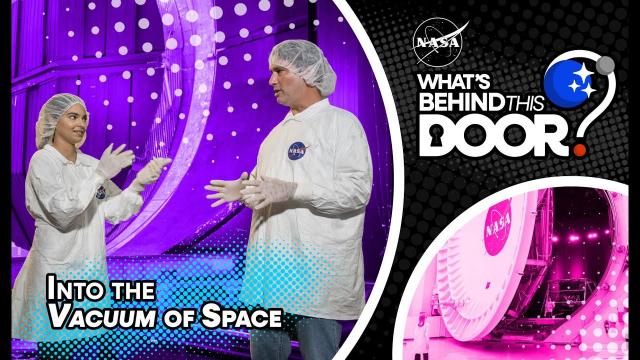
What’s Behind This Door? – Chamber A
Added 142 Views / 0 Likes"What’s Behind This Door?" takes you behind the doors of various facilities located at NASA's Johnson Space Center in Houston being used to return humanity to the Moon, through the Artemis campaign. The series features interviews with NASA experts and pro
-
04:33
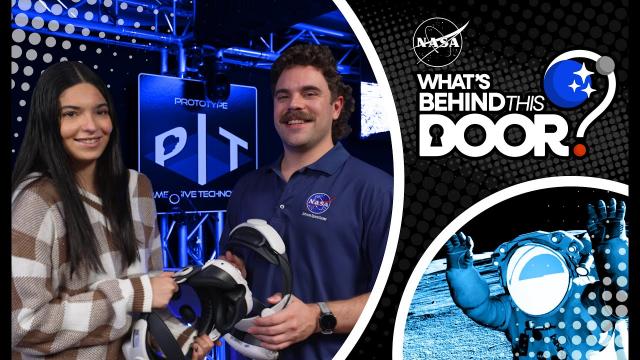
What’s Behind This Door? – Prototype Immersive Technologies (PIT) Lab
Added 56 Views / 0 Likes"What’s Behind This Door?" takes you behind the doors of various facilities located at NASA's Johnson Space Center in Houston being used to return humanity to the Moon, through the Artemis campaign. The series features interviews with NASA experts and pro
-
04:31
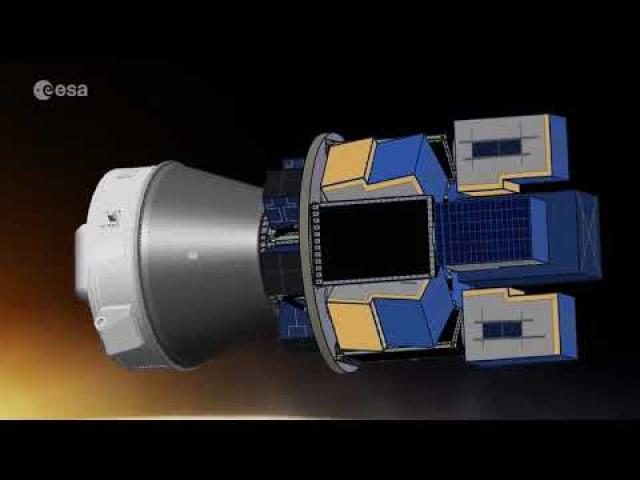
What’s Going on at ESA in 2019?
Added 374 Views / 0 LikesThe European Space Agency has a full docket in 2019 - here are some highlights. Credit: ESA
-
04:40
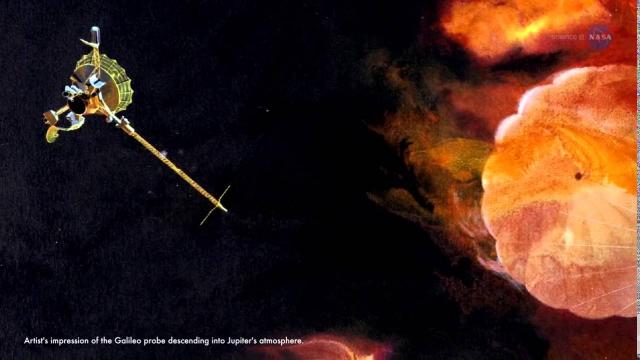
What’s Inside Jupiter? Close Encounters With The Giant | Video
Added 699 Views / 0 LikesWhat’s Inside Jupiter? Close Encounters With The Giant | Video
-
01:13
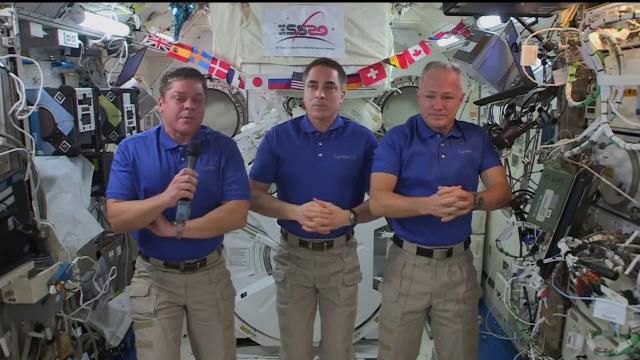
When are the SpaceX Demo-2 astronauts coming home? Update from Space Station
Added 393 Views / 0 LikesNASA astronaut Bob Behnken gives an update on the SpaceX Demo-2 mission's return to Earth in an interview with USA Today. -- SpaceX's historic Demo-2 Crew Dragon astronaut test flight: Full coverage (https://www.space.com/spacex-crew-dragon-demo-2-test-fl
-
07:25

When astronauts 'have to go' - Bathrooms in Space explained (with props)
Added 192 Views / 0 LikesGoing in space feels just like going on Earth, according to NASA astronaut Chris Cassidy. He shows viewers how to pee and poop in space, using bags of water and mushrooms. Credit: NASA Johnson Space Center
-
01:49
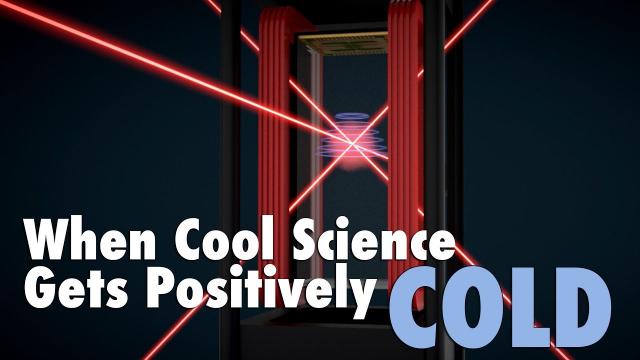
When Cool Science Gets Positively COLD
Added 513 Views / 0 LikesThe new Cold Atom Lab (CAL) facility could help answer some big questions in modern physics. CAL produces clouds of atoms that are ten billion times colder than deep space. The facility uses lasers and magnetic forces to freeze the atoms until they are al
-
02:38
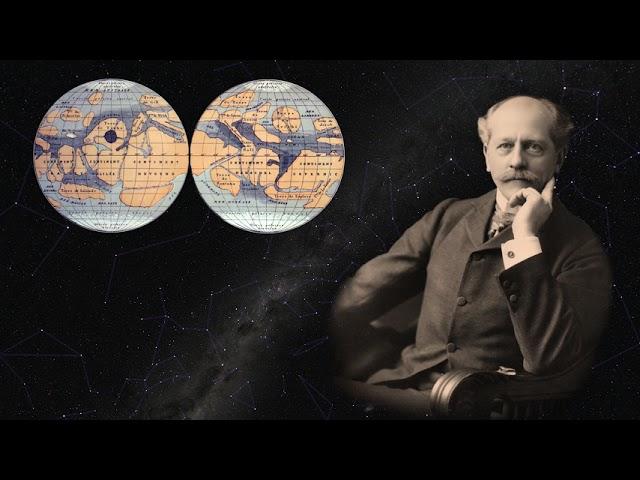
When Mars Fooled the Astronomers – clip from “Mars Calling” 4K Documentary
Added 232 Views / 0 LikesLate in the 19th Century, new telescopes trained on Mars led certain observers to see what they believed: an advanced civilization desperately battling global climate change. But other astronomers were not fooled. Stream the full 4K film “Mars Calling” on
-
05:08
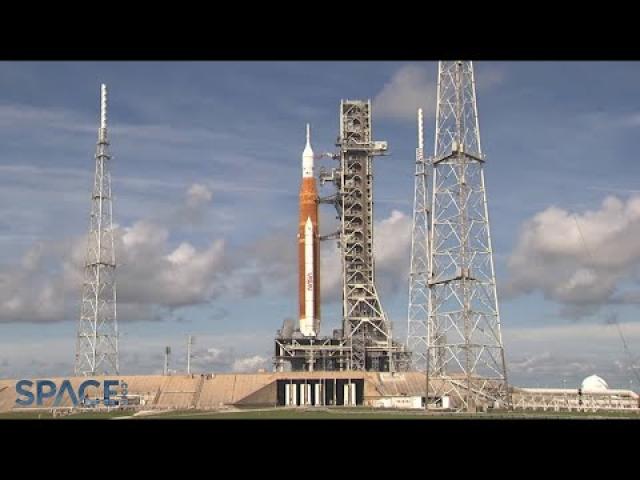
When will Artemis 1 moon rocket launch? New date & time announced!
Added 196 Views / 0 LikesArtemis 1 mission manager Mike Sarafin announces that NASA will attempt to launch the Space Launch System rocket on Sept. 3. 2022. The launch window opens at 2:17 pm ET (1817 GMT).Credit: NASA | mash mix by Space.com's Steve Spaleta (https://twitter.com/s
-
11:31
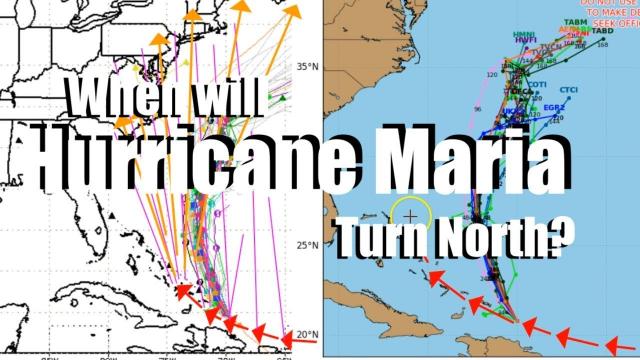
When will Hurricane Maria turn North? That's the BIG Question.
Added 643 Views / 0 LikesWhen will Hurricane Maria turn North? That's the BIG Question.
-
11:16
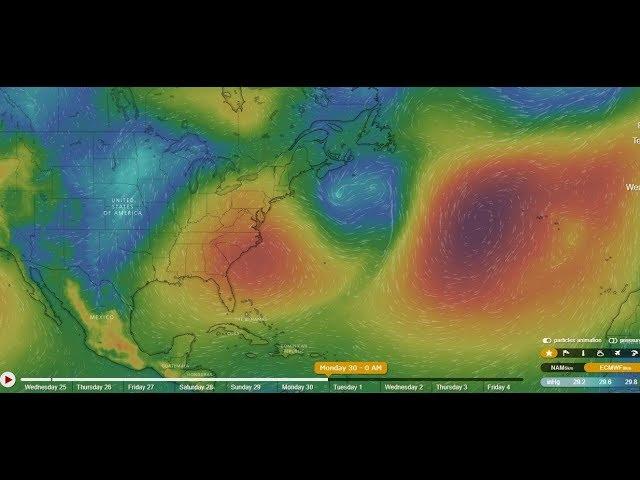
When will the 1st Hurricane arrive? USA Flood trouble May 3rd & BIG SOUTH AMERICA FLOODING
Added 455 Views / 0 Likesi give my observations on stuff.God bless everyone,Thttps://www.paypal.me/THORnewsTHORNEWS PO BOX 35946HOUSTON TEXAS77235-5946
-
07:21
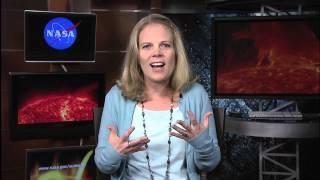
When Will The Sun Poles Flip? - NASA Scientist Explains | Video
Added 844 Views / 0 LikesDr. Holly Gilbert, NASA Solar Physics Laboratory Chief/Goddard Spaceflight Center, explains what happens when the magnetic field of the Sun reverses polarity and when the process will be complete.
-
03:29
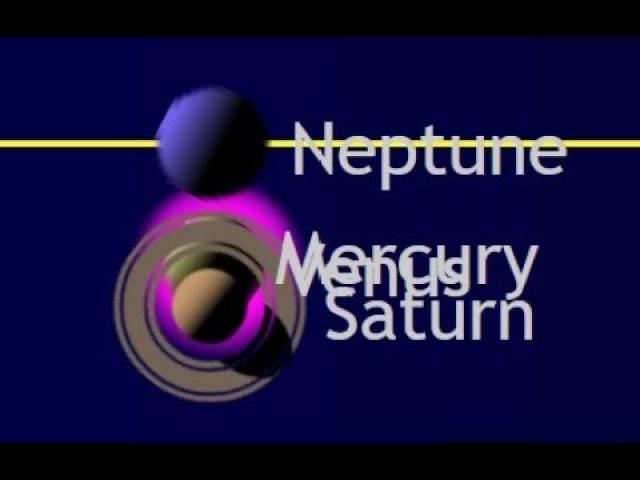
When will USA & Global Markets Calm down?
Added 59 Views / 0 Likesi take some uneducated guesses.God bless everyone,stay coolThttps://www.paypal.me/THORnewshttps://venmo.com/TEric-Lewisonhttps://www.patreon.com/thornews
-
05:15
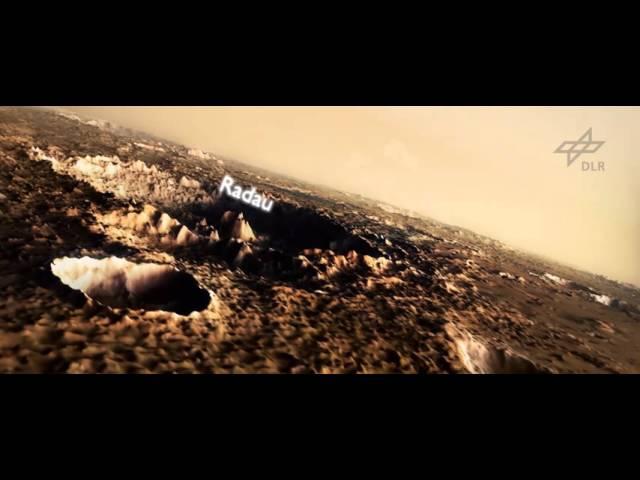
Where 'The Martian' Roved: Fly-Over From Orbital Images | Video
Added 627 Views / 0 LikesWhere 'The Martian' Roved: Fly-Over From Orbital Images | Video
-
13:45
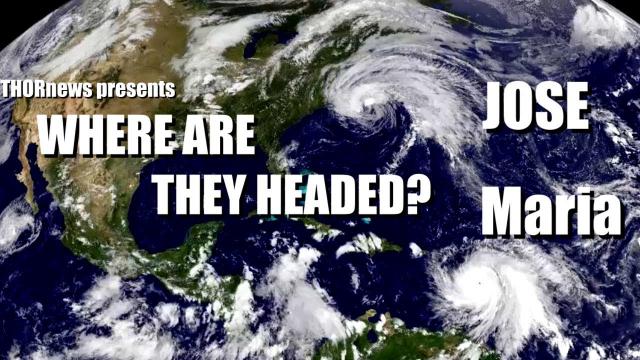
Where are Hurricane Maria & Jose headed?
Added 661 Views / 0 LikesWhere are Hurricane Maria & Jose headed?
